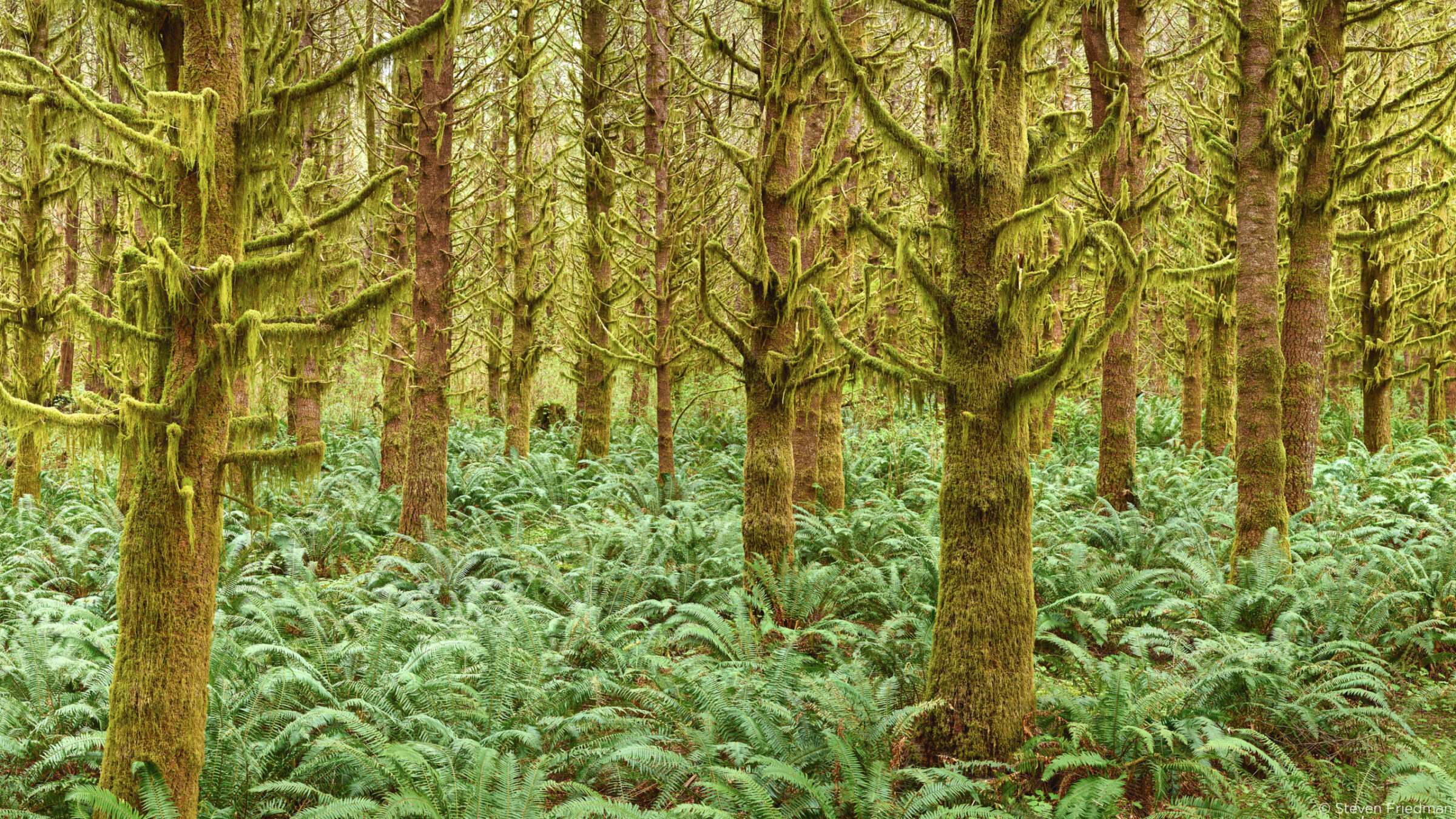What drives a photographer to branch out into landscape photography? We talk to Steven Friedman about how he made the leap into this genre and what inspires him.
What is it about landscape photography that intrigues you?
“Remote and inaccessible regions are my interest. I want to photograph unique intimate landscape and go to locations that are seldom visited exploring the wilderness.
The best thing about landscape photography is the ability to be outside and experience the beauty of nature. Incredible light and colour in the remote landscape can be extraordinary and I never get tired of experiencing it. Just recently, I was standing in an aspen field and the sun rose in the back of the forest – it was quite a thrill to experience the magical colour and light and to photograph it.”
What led you to become a landscape photographer?
“I was hiking in late autumn in the Gatineau National Park in Canada and found a 35mm film camera at a viewpoint. Knowing someone must be missing it; I called the ranger station to let them know the make and model. I had always been curious about photography, so I asked the ranger if instead of returning it, if I could hang on to the camera, and provide him with my contact information in case the owner came looking. No one ever did. The camera sat for a while until a trip down to the Southwest area of the United States. I only took a few rolls on that trip, mostly documenting the hiking that my wife Joni and I were doing.”
“I remember going to Wal-Mart to have the film developed. It was like Christmas when I got my film back. It was so exciting to see the images. To this day, I still get excited when I review my images after returning from a trip. It brings you back to the moment you captured them.”
Which landscape photographers have inspired you?
“Early on, I was interested in Galen Rowell’s work. The way he captured his images when he was adventure traveling or climbing peaked my interest. I really enjoyed his book “Mountain Light”, a gift from an aunt of mine. It was Galen’s ability to emphasize the story behind his images, and describe what made the image possible.
As well, I was interested in some of the earlier work of Christopher Burkett. His work is more about the intimate landscape emphasizing the forest. His prints shown in galleries are very large, shot with an 8×10 camera and has inspired me to produce large prints with incredible detail – which I am currently doing using a Phase One XF IQ3 100 camera system.”
What have been your greatest challenges so far as a landscape photographer?
“I tend not to take a lot of images. I spend days sometimes a week in one area, waiting for the light, the colour to turn in the forest, and most importantly stillness from the wind. The wind is a killer for long exposures in the forest. Some of the exposures reach two minutes; most are in the 8 to 30 second range. Getting sharp images when you are dealing with nature is a real challenge.
In a very dark forest, where it has been nearly impossible for me to shoot before, the Phase One camera provides me with incredible dynamic range, allowing me to get exposures with incredible noiselessness and detailed shadows. It also allows me to use a higher ISO without compromising image quality, allowing me to use shorter exposure times when needed. This is extremely important in the dark setting of a forest in trying to maximize depth of field.
Experiencing nature at its finest and realizing how fragile the planet has become, has resulted in a greater appreciation for what we have and for how fast we are destroying it. I see changes year after year in the health of the forests that I like to photograph.
I have been fortunate enough to experience incredible wildlife encounters with pumas in southern Chile, grizzly bears and wolves in the Canadian Rockies and of course my favourite; leeches in Tasmania. I have also been shot at, in the aspen forest by a hunter – that was quite an experience.”
What are you thinking/feeling when you frame a shot?
“I always pre-visualize in the panoramic format. Before leaving on a shoot I have ideas of the images I want to capture. I have visited forests over a decade now. I believe a viewfinder is essential for me in locating where I want to stand for my final composition. During a recent PODAS workshop, we instructed the students using framing cards to help them in formulating their compositions. It really makes you slow down and think about your vision in the chaos of nature.
When I photograph, it is always for me. I am always thinking – do I want this print for our home? It’s not about what I think that will sell, it’s about the art that I would want to live with myself.”
How do you know when you’ve captured what you wanted?
“The hardest thing to do is find compositions, which remove the chaos from the scene, bringing the desired design, pattern and colour to my images. I enjoy the challenge of shooting in the forest, producing images that are clean and meaningful. In a busy forest, this can be very difficult. The benefit of shooting with the Phase One camera is the certainty when you have found your composition with the right colour and light conditions that you are able to produce a large print with incredible detail with sharpness, and smoothness of colour. My prints tend to be film-like at incredible scale and have a painterly look.
Using live view on the Phase One camera to review the images for sharpness, composition and exposure, I can be certain I have the shot. In the old film days, it was a guessing game until the film arrived developed from the lab.”
“I often photograph using the hyper – focal focus tool, which allows both the front trunks of the trees and those deep into the forest to be sharp. This technique gives a 3D feeling to the images. On the Phase One XF camera I have preset the hyper focal point tool for each lens, making it easy for me to capture this effect.
All my photographs are planned and each image has an accompanying story. It is not a matter of snapping an image and moving on, generally it takes days and sometimes years of going back to the same location to capture exactly what I want – the ideal colour, the perfect light, and stillness of the air.”
What would you say to someone who is considering going into landscape photography?
“Very few of us can create a career from fine art landscape photography, showing and selling work successfully in a high-end gallery setting. Creating a name for yourself in the art world is a long hard road, starting from the ground up with community art shows and sales, competitions and the like. It’s like swimming upstream against a very strong current, for a very long time.
You don’t want to drown in the process or lose your passion. For those wanting to pursue landscape photography, I would suggest testing options to determine how you personally can best create a living from this type of shooting. That might be hosting workshops, or creating local tourist type books. I have even seen landscape photographers shoot portraits exclusively in nature. Most importantly if your passion is landscape, get out into it and enjoy it. Also, I would recommend you develop a unique vision and create work that somehow stands out and is not the same as what already has been done.”
Tell us about your camera gear
“I use the Phase One XF and the IQ3 100 back with six Schneider blue ring lenses, which include the 35mm, 55mm, 80mm, 110mm, 150mm and the 240mm. The exceptional quality of the glass, camera, digital back, and Capture One is imperative for me to get the best image quality possible, to produce prints at amazing scale – that gives the viewer the feeling of standing with me in the forest. Really, it is the entire ecosystem that Phase One provides that makes this possible.”
Do you have a favorite lens?
“I primarily use the Schneider 110mm blue ring lens. It is the lens that allows me to cut through the chaos of a forest and give enough depth of field to give the 3D look to the intimate landscapes that I love to shoot. As well, I use this lens primarily when stitching images together to make panoramic images.”
How important is the printing process in your workflow?
“The final print is the end of the creative process. I have been printing since 1995, and started using one of the first Epson printers. It took many years before I felt that I was achieving good results. The challenge is getting your prints to the next level. I have spent years studying other photographers’ prints that I admire, learning and extracting what I believe makes a good print. It all starts with the image capture. Now, when I am shooting I have a sense of what the final print will look like and base decisions in the field on the final print I want to produce.
When returning from a shoot, I download the images into Capture One. Each print is done to the highest standards and I am meticulous about the final results. I believe it is important for fine art photographers to print their own work. The subtle adjustments, through burning and dodging, allow me to convey the image as I saw it when it was captured. I want those viewing my prints to feel like they are standing there with me as I captured the image. As well, I believe that the scale of my prints is crucial for the viewer to get a sense for the majesty of nature. My prints are produced typically up to ten feet across.
For me, one of the primary reasons for shooting with a Phase One camera is the file that allows me the flexibility to print whatever my clients need without compromise.”
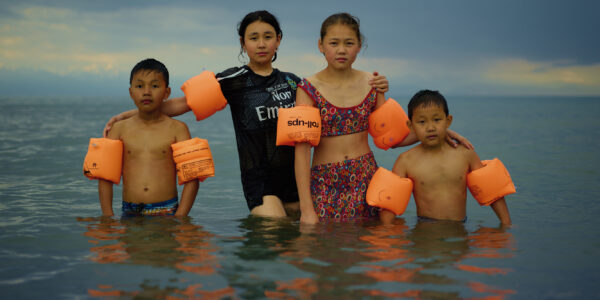
Photographer Stories
Intimacy in focus: Louise’s lens on humanity with Phase One_Part1
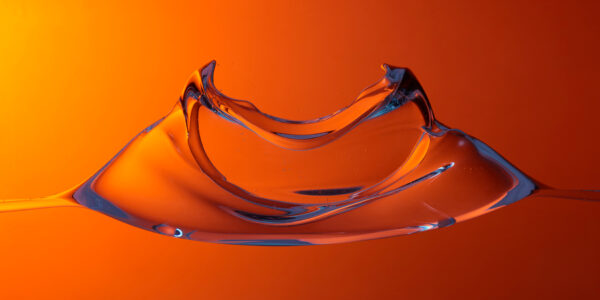
Photographer Stories
Dimitri Newman: Vision is Just the Start
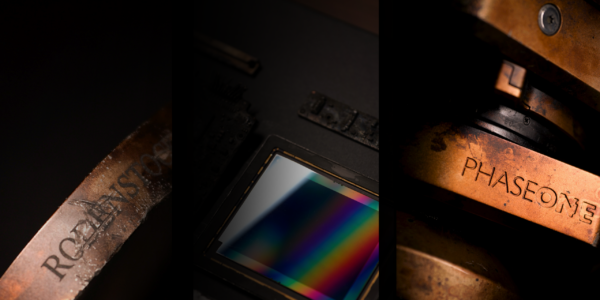
Photographer Stories
Ashes: The Rebirth of a Camera- Hexmalo
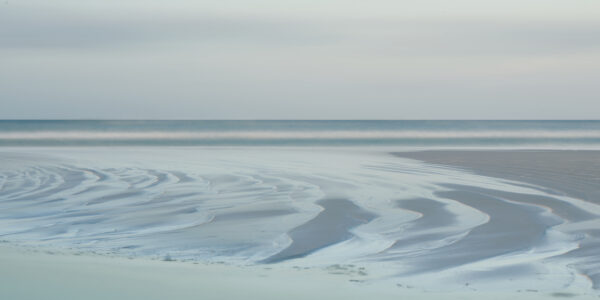
Photographer Stories
Chandler Williams: A Photographer’s Path
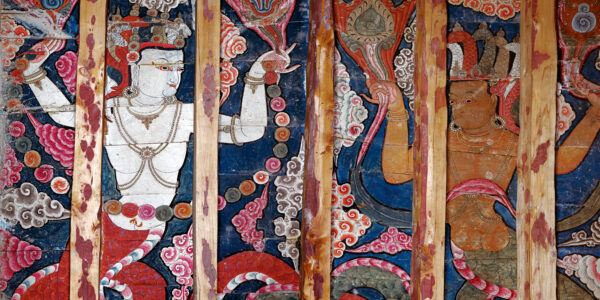
Photographer Stories
TABO- Gods of Light
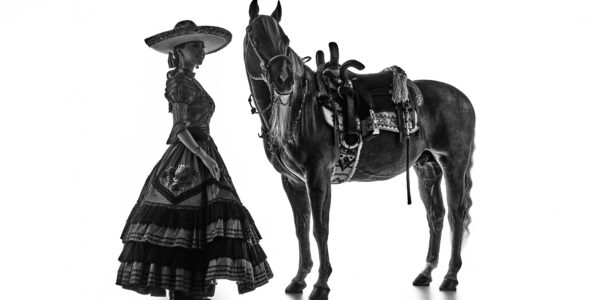
Photographer Stories
Loreto Villarreal – An Evolving Vision
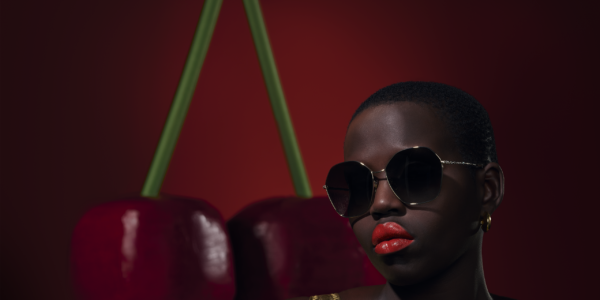
Photographer Stories
Tobias Meier – Storytelling Photography
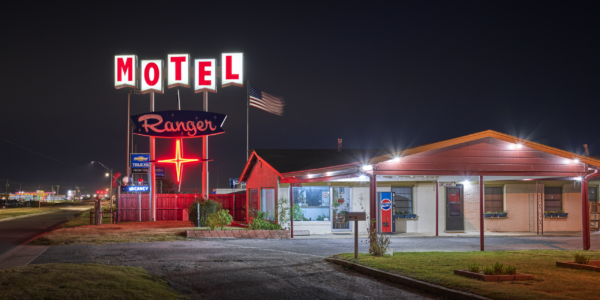
Photographer Stories
Gregory Essayan – Curating Reality
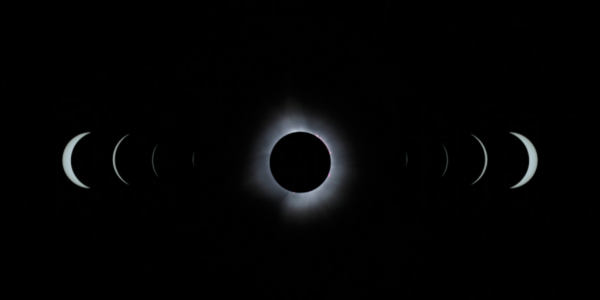
Photographer Stories
Total Solar Eclipse – Matthew C. Ng
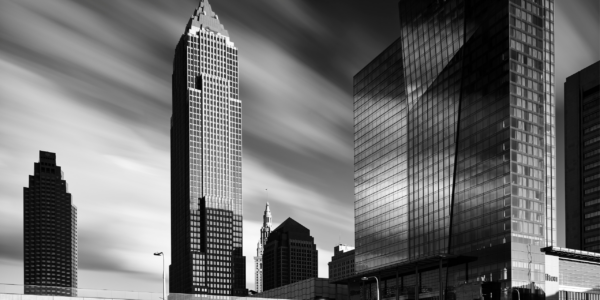
Photographer Stories
Roger Mastroianni – Frame Averaging
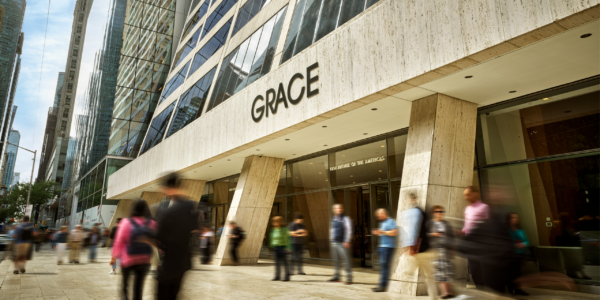
Photographer Stories
Matthew Plexman – Bringing portraits to life
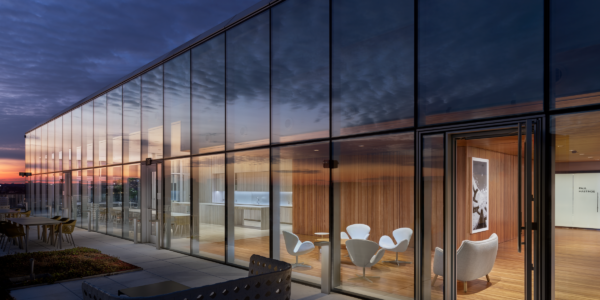
Photographer Stories
Prakash Patel – A Visual Design Story

Photographer Stories
Karen Culp – Food Photography Ideas
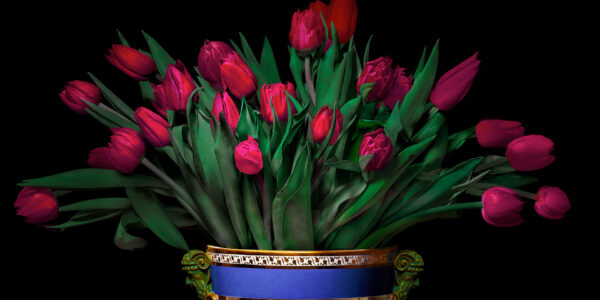
Photographer Stories
T.M. Glass: Flower portraits
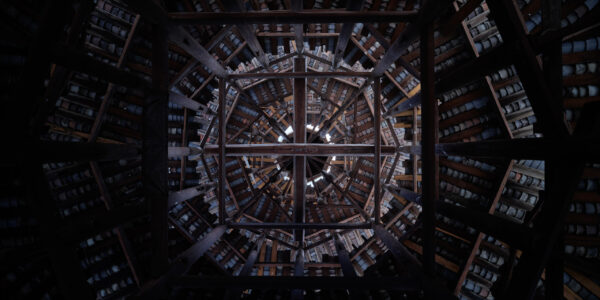
Photographer Stories
Preserving ancient Chinese buildings – Dong Village
